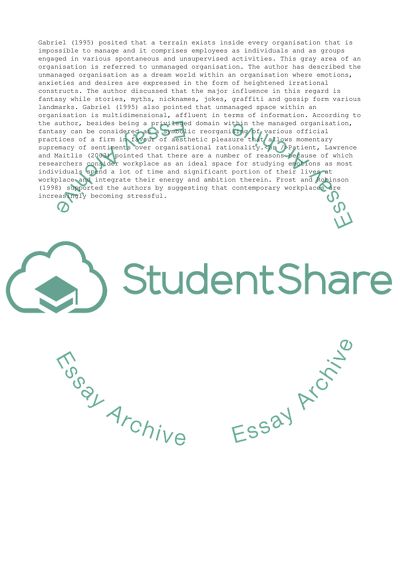Cite this document
(“Contemporary issues in management Essay Example | Topics and Well Written Essays - 2500 words - 2”, n.d.)
Retrieved from https://studentshare.org/management/1688819-contemporary-issues-in-management
Retrieved from https://studentshare.org/management/1688819-contemporary-issues-in-management
(Contemporary Issues in Management Essay Example | Topics and Well Written Essays - 2500 Words - 2)
https://studentshare.org/management/1688819-contemporary-issues-in-management.
https://studentshare.org/management/1688819-contemporary-issues-in-management.
“Contemporary Issues in Management Essay Example | Topics and Well Written Essays - 2500 Words - 2”, n.d. https://studentshare.org/management/1688819-contemporary-issues-in-management.


